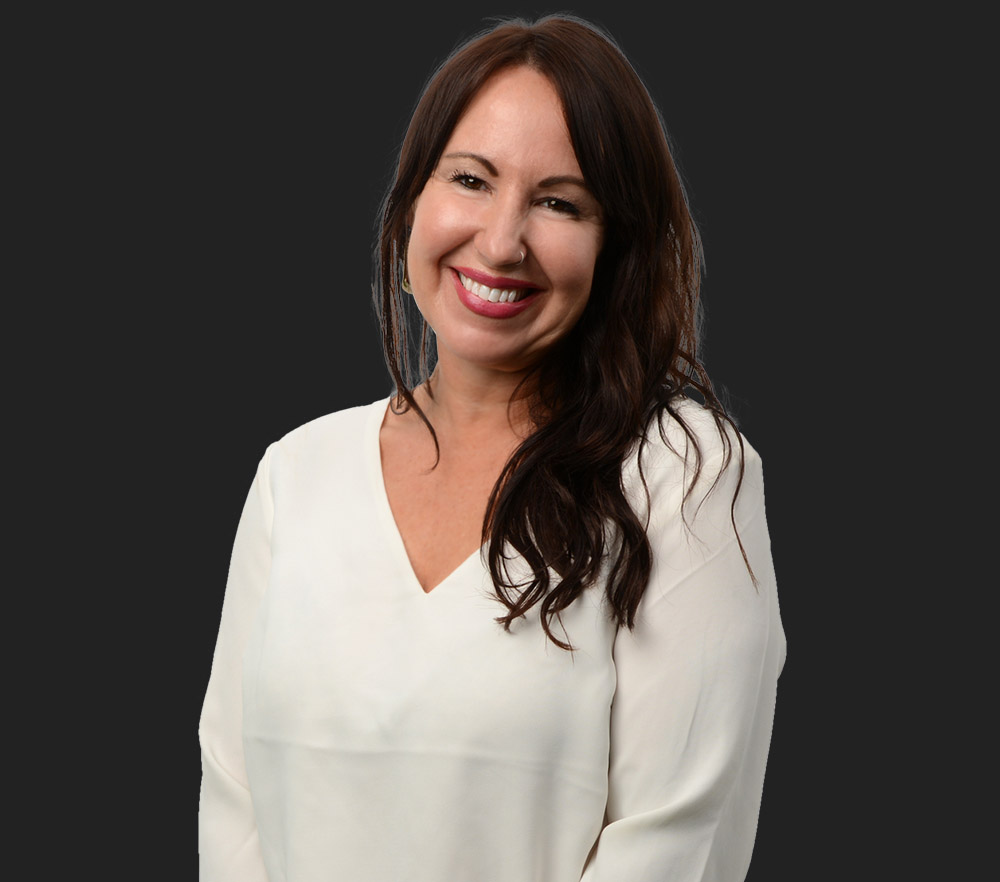Smart investors know that trying to time the market is often a losing game. Instead, you plan ahead and invest in such a way as to minimize risk and maximize your returns. Whether you’re a seasoned investor or just getting started, dollar-cost averaging could be beneficial.
What is dollar-cost averaging?
In dollar-cost averaging, you invest a set amount of money into your investment portfolio over regular intervals. Rather than investing a large sum of money at once, dollar-cost averaging allows you to get into the investing game without a huge outlay of capital. Dollar-cost averaging allows you to buy more during market slumps and less when the markets are high, without trying to play the market in the short term.1
There are quite a few benefits to dollar-cost averaging as an investment strategy. Dollar-cost averaging can help you:
- Buy more shares: Over the long term, the price of assets trends higher. By using dollar-cost averaging, you may be able to use the ebb and ????ow of the market to buy more shares over time than if you made a big one-time purchase.
- Invest consistently: Dollar-cost averaging helps you maintain consistency with your investing strategy. If you’re setting aside pre-tax dollars to invest in a company-sponsored 401(k), for example, you’re already making use of dollar-cost averaging.
- Set it and forget it: Rather than trying to time the market in the short term, dollar-cost averaging allows you to invest in assets that are more likely to have staying power. This is an especially useful strategy if the idea of monitoring the stock market makes you queasy.
A case for lump-sum investing
There is research that shows that over the very long term, lump sum investing can outperform dollar cost averaging. If you get a bonus or a sudden inheritance in general, you’re better off investing it as soon as possible. While returns aren’t guaranteed, it’s also more likely that you’ll see a return over having that money accrue minimal interest in a bank.
However, there are some key caveats. While lump-sum investing outperforms dollar-cost averaging most of the time, dollar-cost averaging still wins out in one-third of cases. The idea of investing a large sum of money at once can be intimidating to many investors, so it’s important to get an outside perspective to
help you think with a clear head.
Who Should Use Dollar-Cost Averaging?
Dollar-cost averaging is a strategy that can best help beginner investors, or those without much money to invest at the outset. If you’re investing for the long term and aren’t comfortable with the research that goes into the financial market, dollar-cost averaging is a safer way to get started with investing. However,
if you’re investing for the short term, or have a lump sum to invest, you might want to pursue another investing strategy.1,2
Depending on your personal financial situation, dollar-cost averaging may be a smart strategy for you—or it may make more sense to invest a large amount of capital at once. For most people, the financial strategy lies somewhere in between. Working with a financial advisor can help determine which strategy is the best for you.1,2
Regardless of the amount of money you have, the worst thing you can do is not invest at all.








